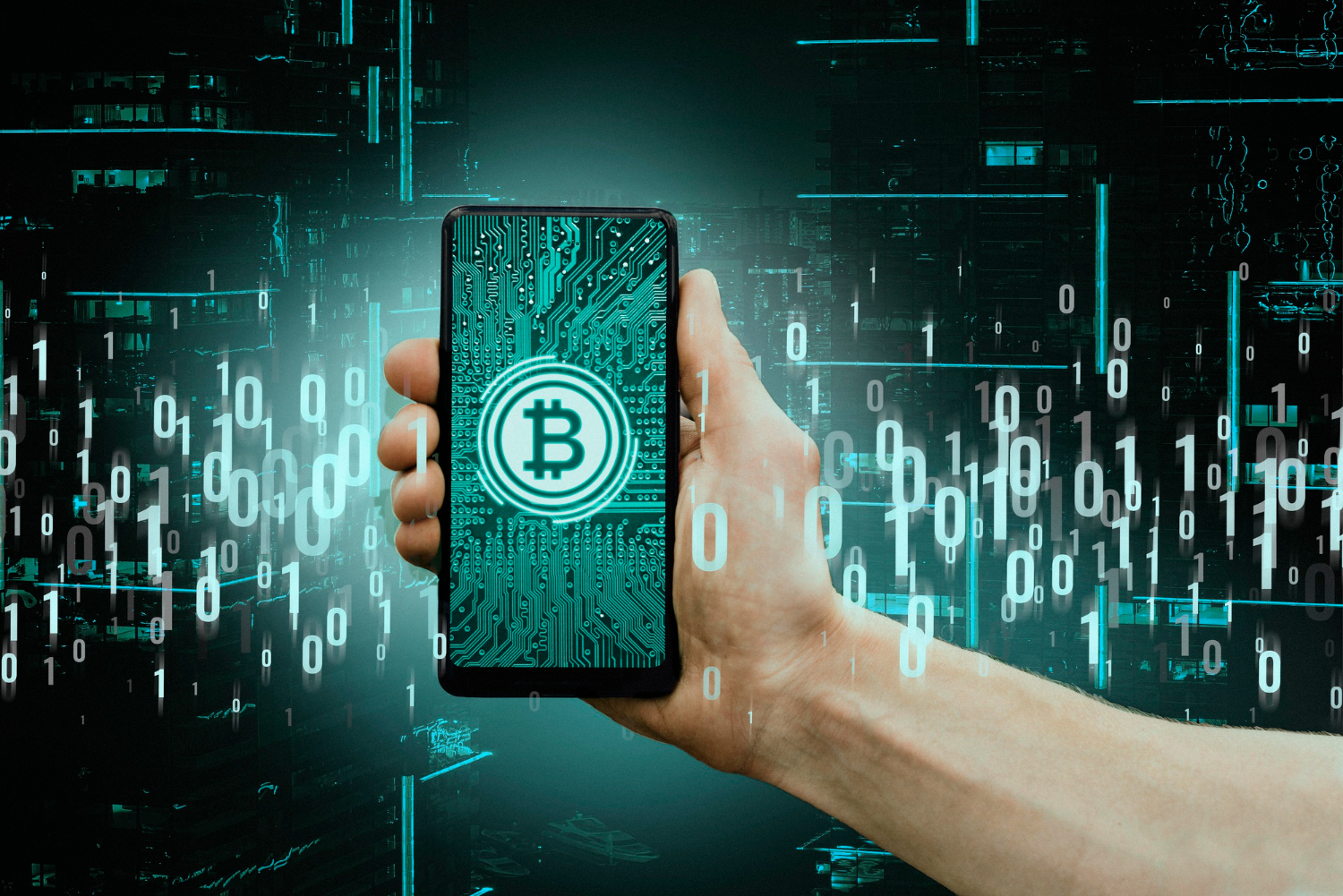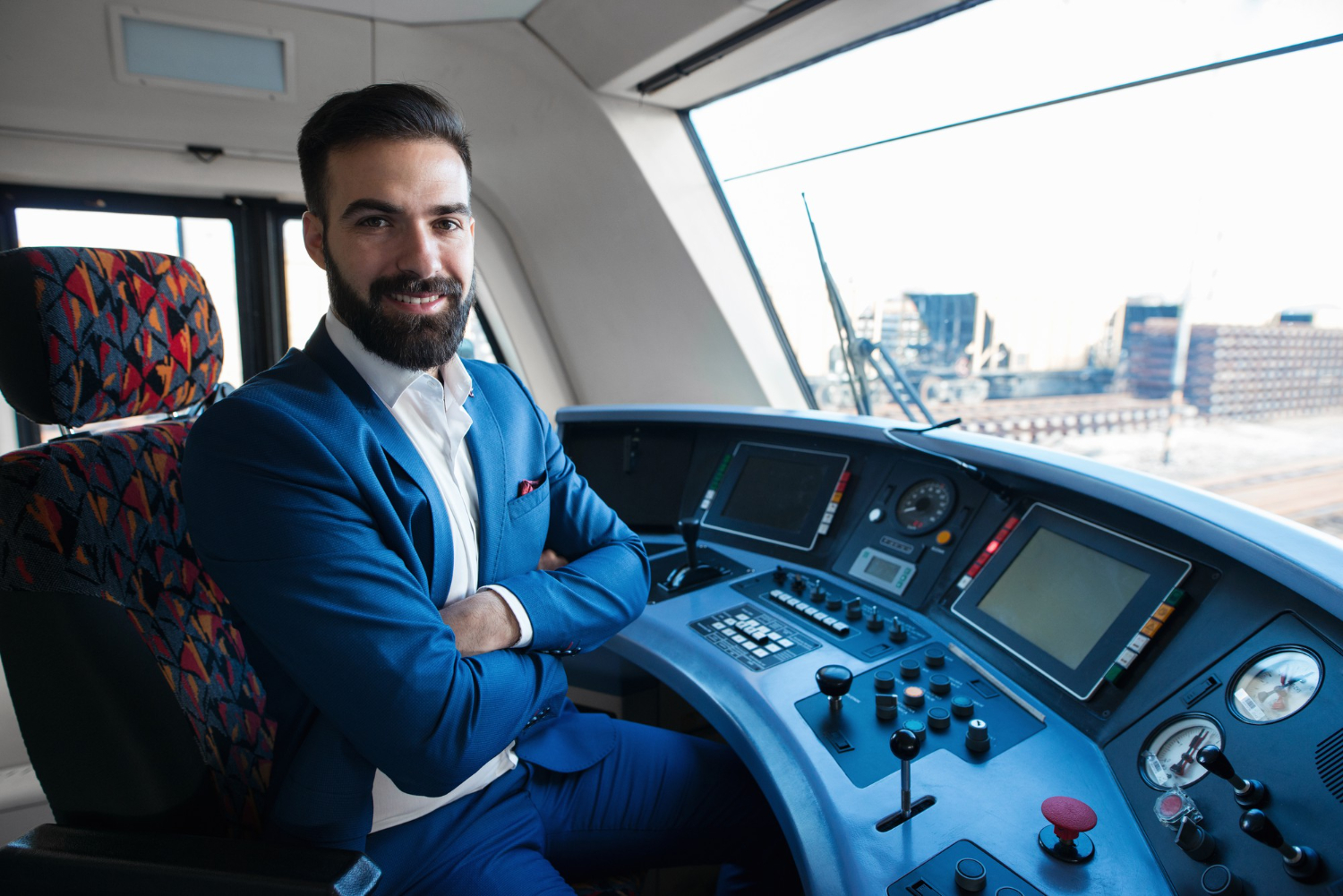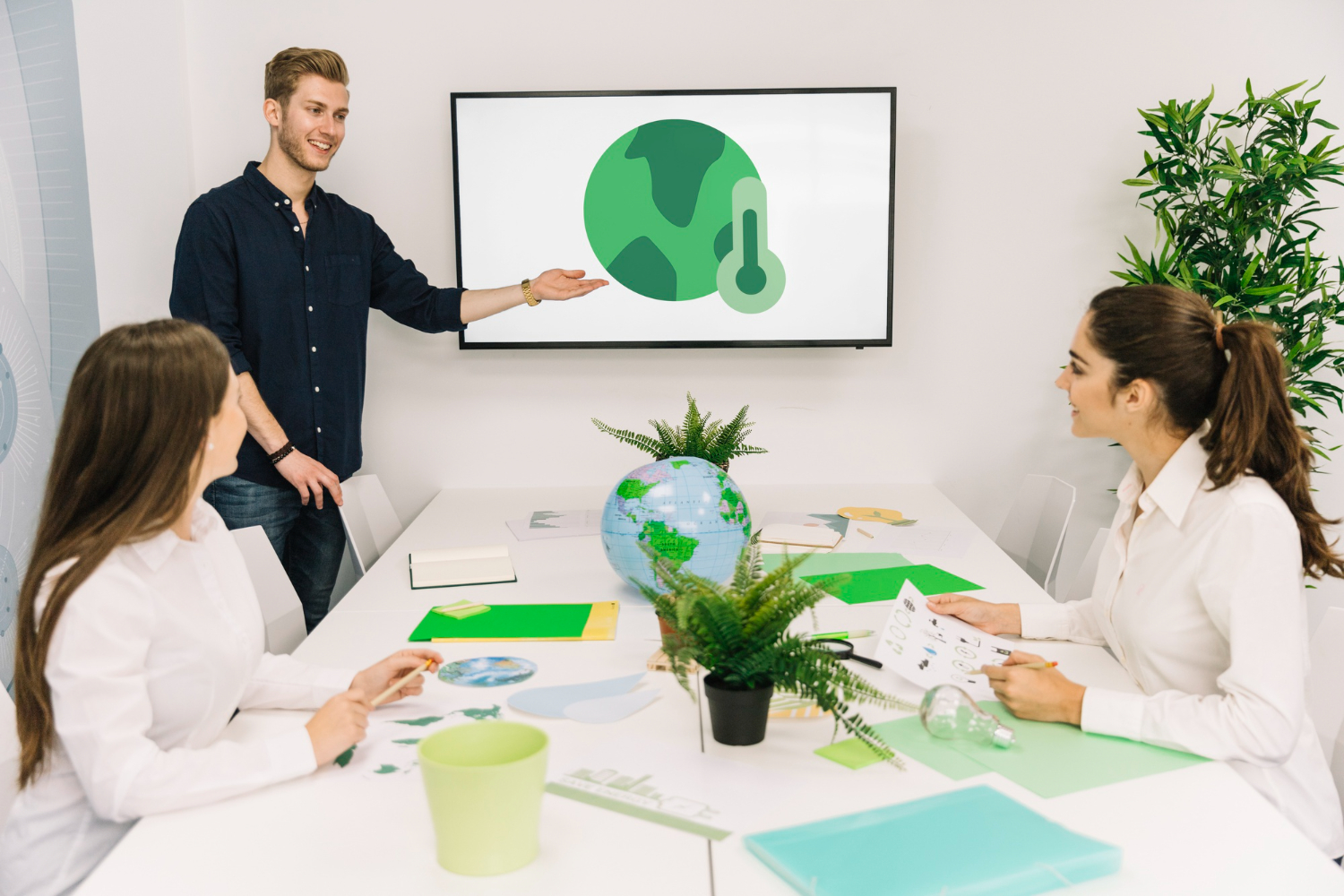

The Role of Virtual Reality in Future Classrooms
Technology has always played a crucial role in shaping education, and with the advent of Virtual Reality (VR), a new frontier of learning possibilities has emerged. VR is transforming traditional classrooms into interactive, immersive environments that enhance student engagement, comprehension, and retention. As we step into the future, the integration of VR in education promises to revolutionize how students learn, making lessons more engaging, practical, and inclusive.
Understanding Virtual Reality in Education
Virtual Reality (VR) is a technology that creates a simulated, three-dimensional environment that users can interact with using specialized hardware such as VR headsets, gloves, and motion controllers. In education, VR enables students to experience subjects rather than just reading about them, allowing for deeper understanding and experiential learning. It breaks the barriers of traditional education by making abstract concepts tangible and experiential.
Benefits of Virtual Reality in Classrooms
1. Enhanced Engagement and Interest
One of the most significant advantages of VR in education is its ability to captivate students’ attention. Traditional teaching methods often struggle to keep students engaged, but VR makes learning exciting by turning lessons into interactive experiences. For example, history students can take virtual field trips to ancient civilizations, and biology students can explore the human body in 3D.
2. Improved Retention and Comprehension
Studies suggest that experiential learning increases retention rates. When students actively participate in their learning process through VR simulations, they are more likely to understand and remember concepts. This is particularly beneficial for complex subjects such as physics, chemistry, and mathematics, where abstract concepts can be visualized in real-time.
3. Hands-On Learning and Skill Development
VR allows students to practice real-world skills in a safe and controlled environment. Medical students can perform virtual surgeries, engineering students can construct and test structures, and language learners can immerse themselves in foreign cultures and conversations without leaving their classrooms. This hands-on experience bridges the gap between theoretical knowledge and practical application.
4. Personalized Learning Experiences
Every student has a unique learning style, and VR can cater to different learning preferences. Whether a student learns best through visual aids, auditory inputs, or kinesthetic activities, VR can create customized experiences that adapt to individual needs. This personalization makes education more effective and inclusive.
5. Accessibility and Inclusion
VR can make education accessible to students with disabilities. For instance, students with mobility impairments can participate in physical activities virtually, and those with learning disabilities can benefit from customized VR learning programs that cater to their specific challenges. Additionally, students in remote or underprivileged areas can access quality education through virtual classrooms.
Challenges of Implementing VR in Education
While VR holds immense potential, its integration into classrooms comes with challenges:
- High Costs – The initial investment in VR headsets, software, and infrastructure can be expensive for schools with limited budgets.
- Technical Barriers – Not all teachers are trained to use VR technology effectively, requiring additional training and support.
- Health Concerns – Prolonged use of VR may cause discomfort, motion sickness, or eye strain among students.
- Content Development – Developing high-quality educational VR content requires time, resources, and expertise.
The Future of VR in Education
Despite these challenges, advancements in VR technology and decreasing costs are making it more feasible for widespread adoption. Future classrooms are likely to integrate VR seamlessly with Artificial Intelligence (AI), Augmented Reality (AR), and other emerging technologies to create a fully immersive learning experience. Institutions and educators are already experimenting with VR-based curriculums, and as technology continues to evolve, its adoption will only grow.
Conclusion
Virtual Reality is poised to redefine education by making learning more engaging, interactive, and accessible. As technology advances, VR will become an integral part of future classrooms, providing students with unparalleled learning experiences. While challenges exist, the benefits far outweigh the drawbacks, making VR a revolutionary tool that will shape the future of education. Schools and policymakers must embrace this innovation to ensure students receive the best possible education in the digital age.

Jenifer is an experienced author with over six years of expertise in researching and writing about business sustainability, ESG, and corporate strategies. Currently, she is exploring various topics in education and other study domains, aiming to provide insightful and well-researched content to help professionals and businesses stay ahead in the ever-evolving ESG landscape.

















